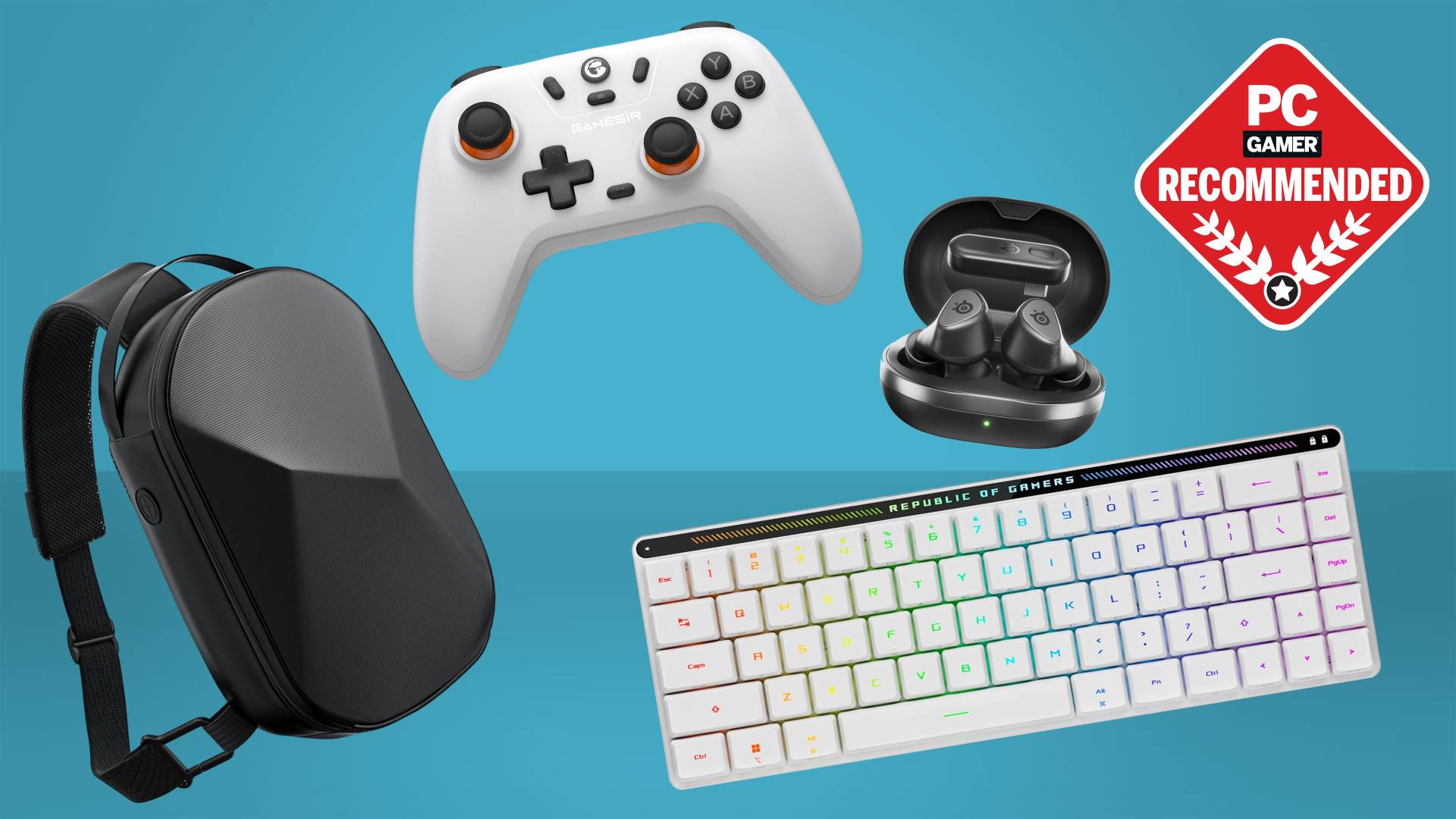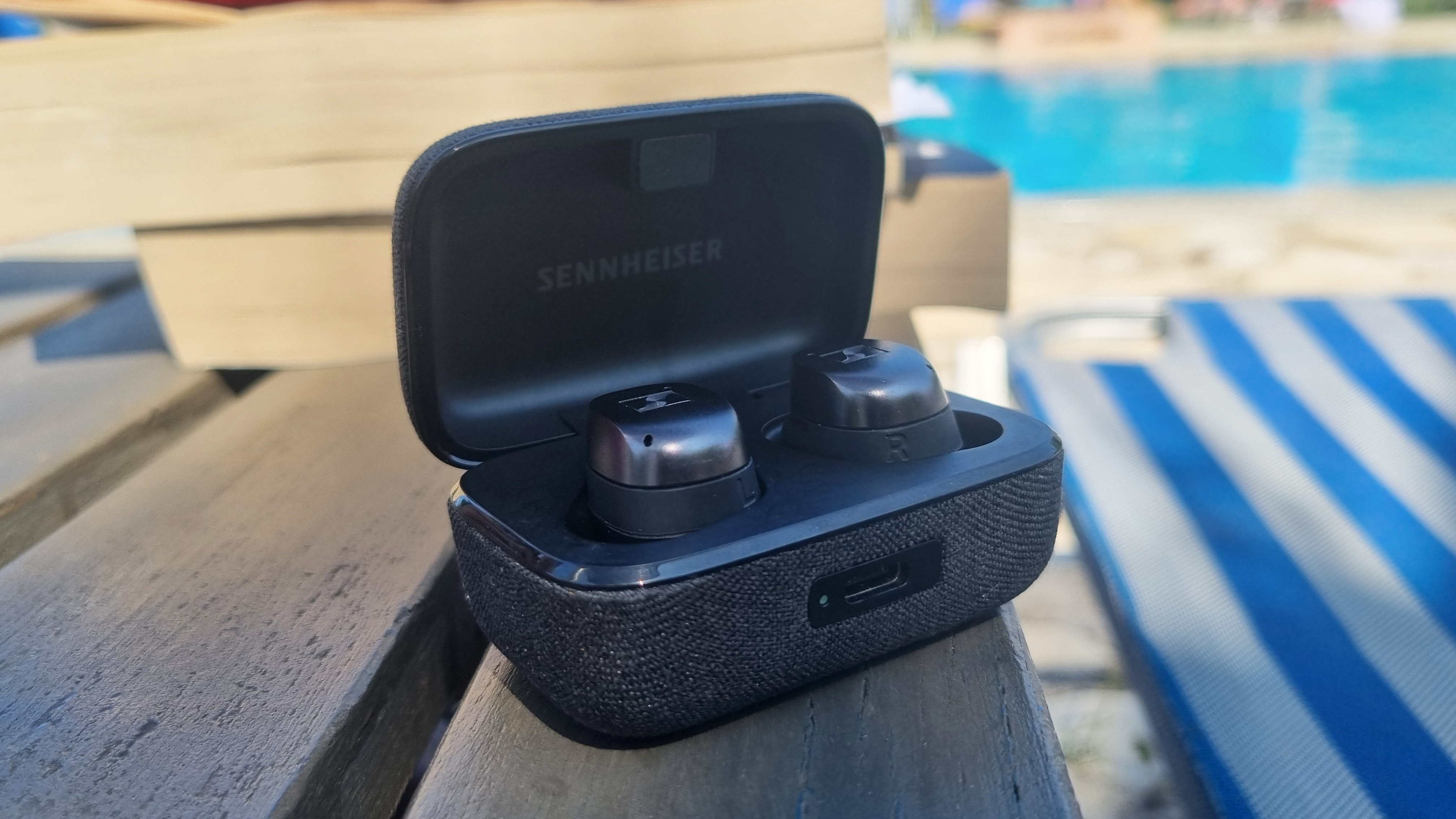SETI@home no longer needs your graphics card to search for aliens
Astronomers say they have all the data they need in the search for extraterrestrial life.

Distributed computing network SETI@home has ceased scouring radio telescope data for signs of extraterrestrials after 20 years. Much like Folding@home—which is currently acting as the world's most powerful supercomputer in the fight against the new Coronavirus—SETI@home utilised a vast user-donated network of computers to analyse data, but this month it's heading into hibernation.
SETI@home has been in operation since 1999. During that time it has processed heaps of radio telescope data collected from the deepest depths of space and listened into narrow-band radio signals in order to track down anything out of the ordinary. To do so, it relied on the contributions of computers from across the globe—graphics cards and powerful CPUs in tow—all working together in order to learn of life beyond earth.
Don't you worry, it's not shutting down due to lack of interest (or indeed aliens). In fact, the researchers based out of UC Berkeley are inundated with the stuff (data, not aliens). But with no need for further data, the team of astronomers will instead focus their efforts on back-end analysis for later publication in a scientific journal (via Bleeping Computer).
"We're extremely grateful to all of our volunteers for supporting us in many ways during the past 20 years," a blog post outlining the project hibernation says. "Without you there would be no SETI@home. We're excited to finish up our original science project, and we look forward to what comes next."
The project's message boards will remain operational, but there's no longer any need to task your gaming rig with the search for extraterrestrials. The SETI@home team instead recommend lending your help to Folding@home, and its critical task of simulating the COVID-19 virus. That project is currently operating at 1.5 ExaFLOPS of computing power kindly donated from across the globe. That's a whole Frontier supercomputer's worth, for scale.
If that sounds like something you'd like to lend a hand accomplishing, you can sign up through the PC Gamer Community forums and join our wonderful team. There's a step-by-step guide to getting started to make sure you're up-and-running in no time.
SETI@home may one day return. Researchers are eyeing up potentially use cases and distribute tasks in cosmology and pulsar research sometime in the future. Nothing is set in stone, however, so better to put your gaming PC to good use researching elsewhere than leave it idling. The aliens aren't going anywhere—for now.
Keep up to date with the most important stories and the best deals, as picked by the PC Gamer team.

Jacob earned his first byline writing for his own tech blog. From there, he graduated to professionally breaking things as hardware writer at PCGamesN, and would go on to run the team as hardware editor. He joined PC Gamer's top staff as senior hardware editor before becoming managing editor of the hardware team, and you'll now find him reporting on the latest developments in the technology and gaming industries and testing the newest PC components.

